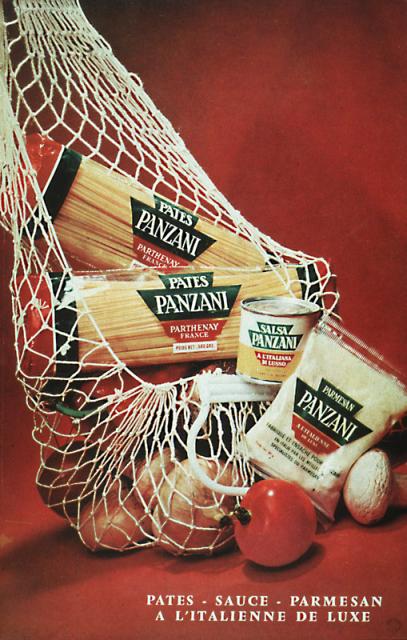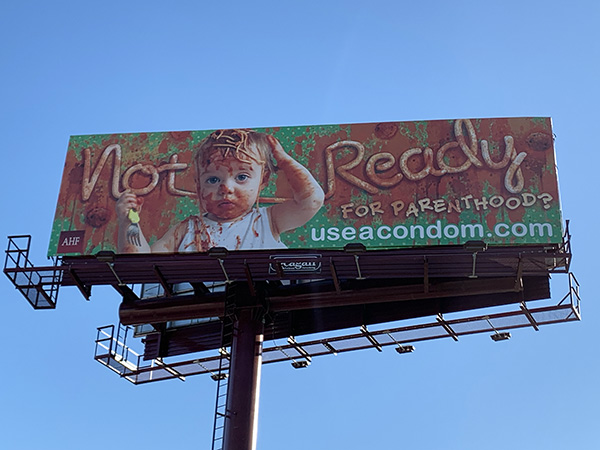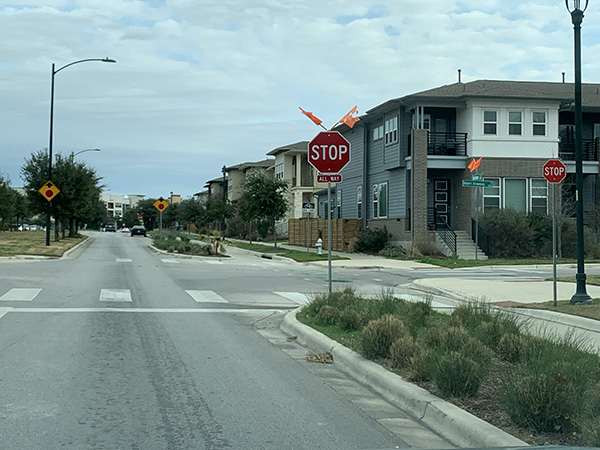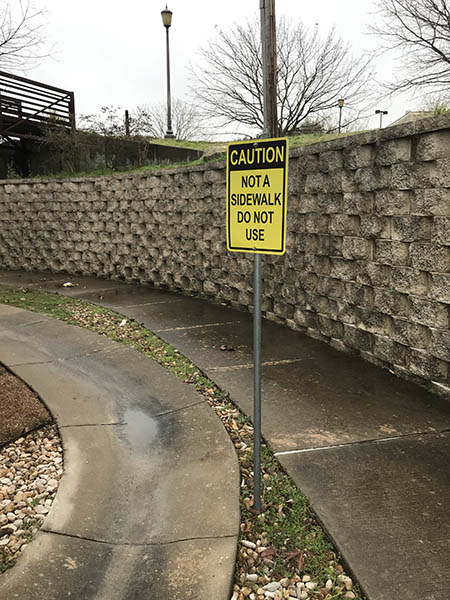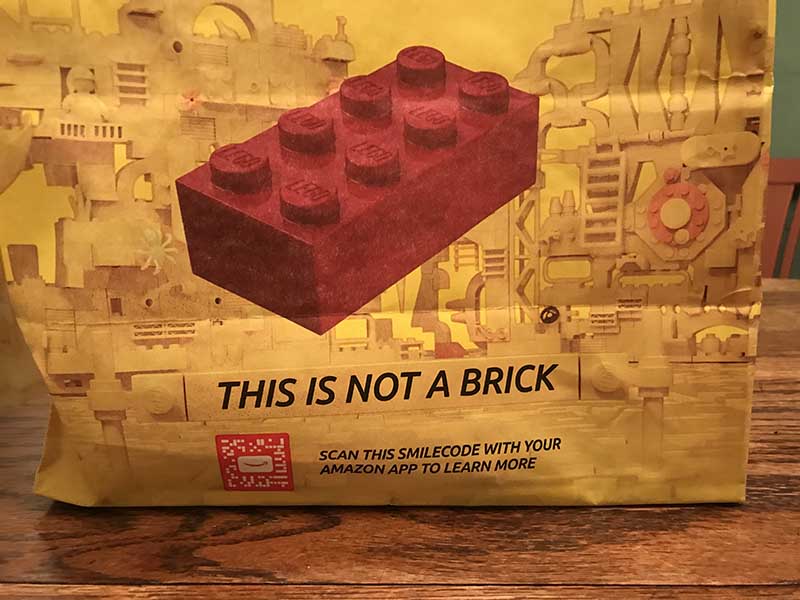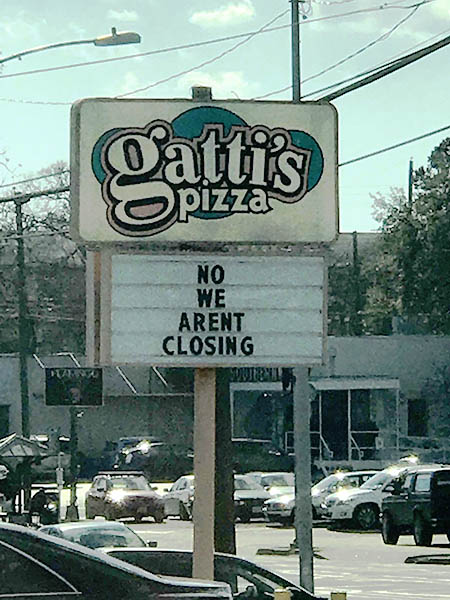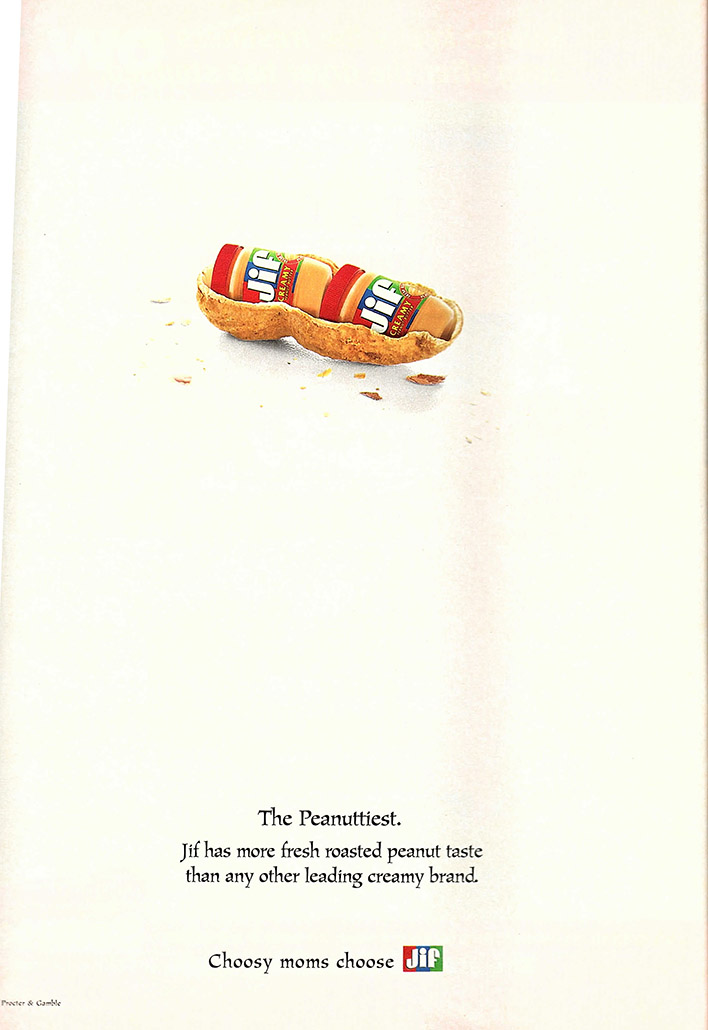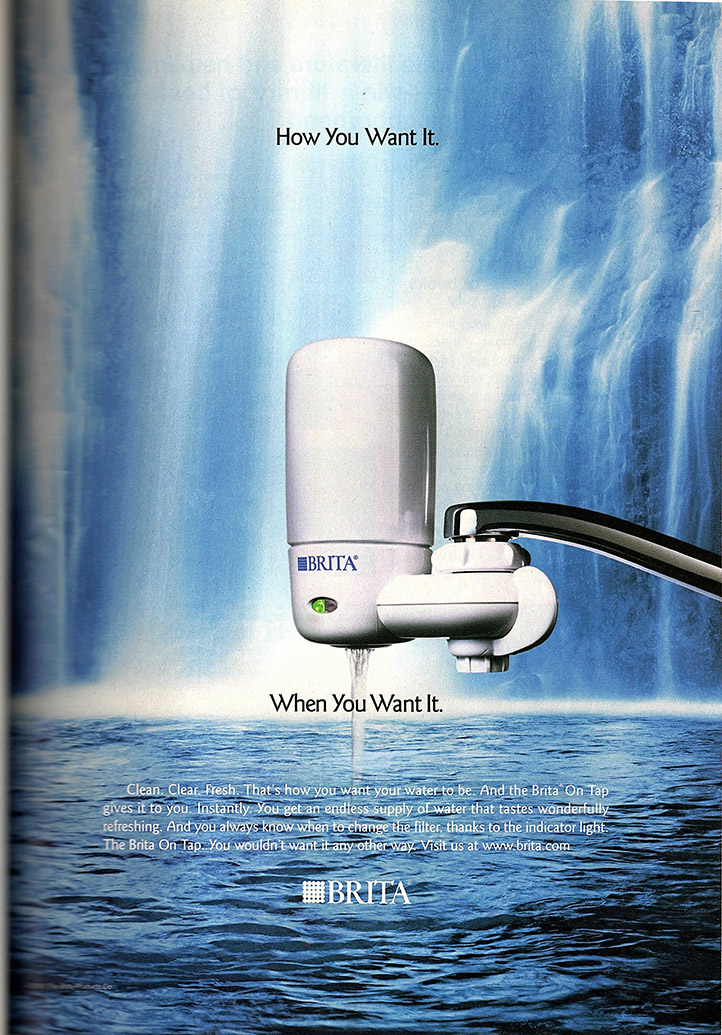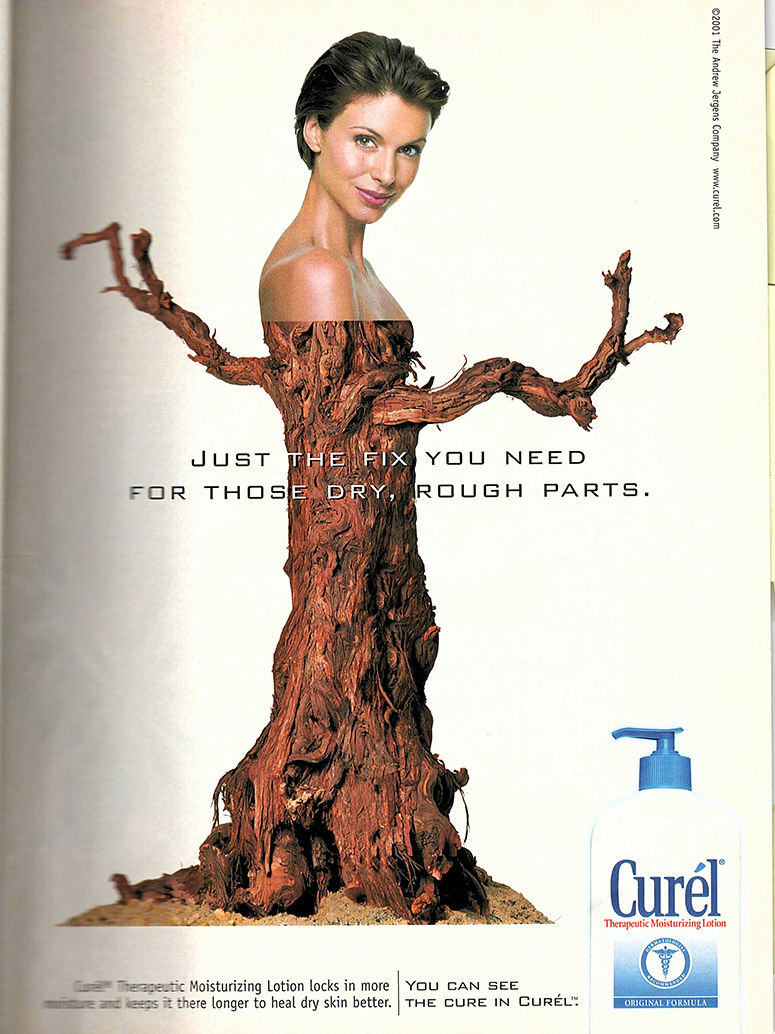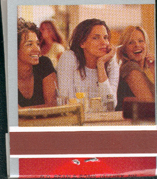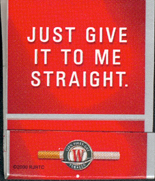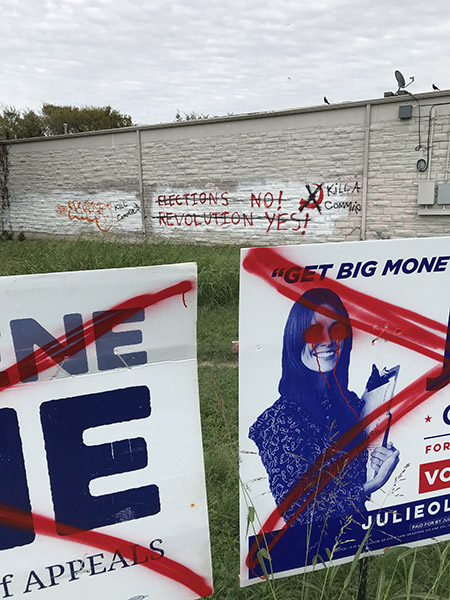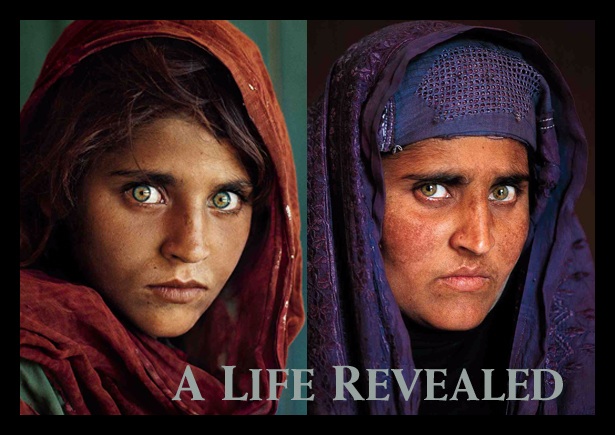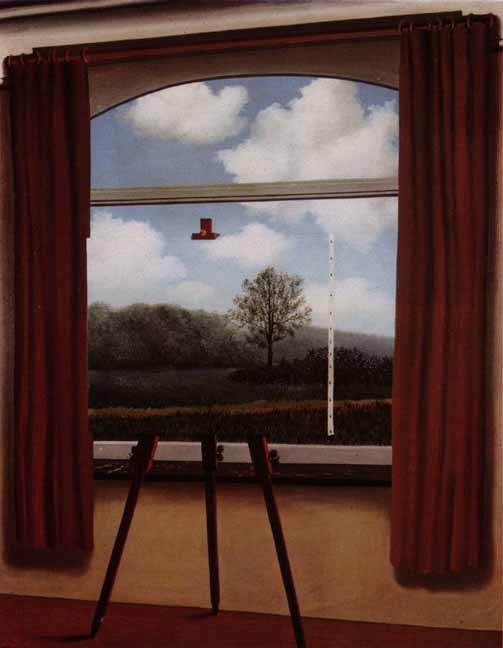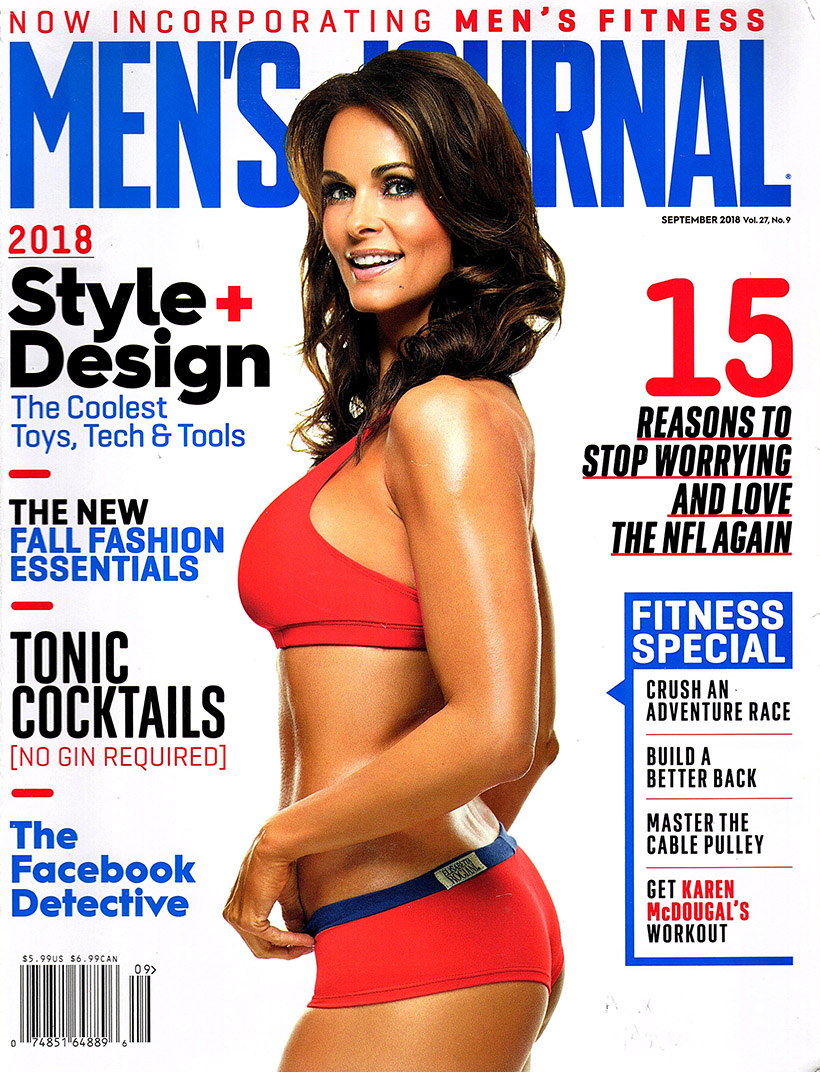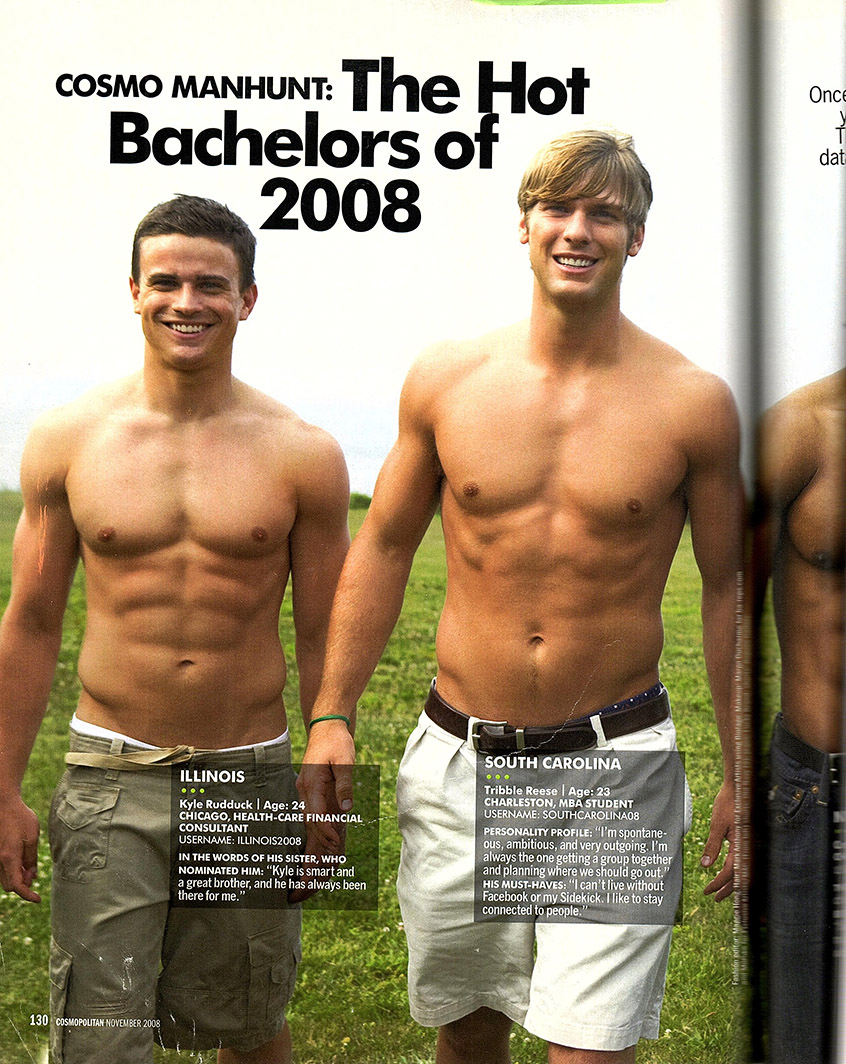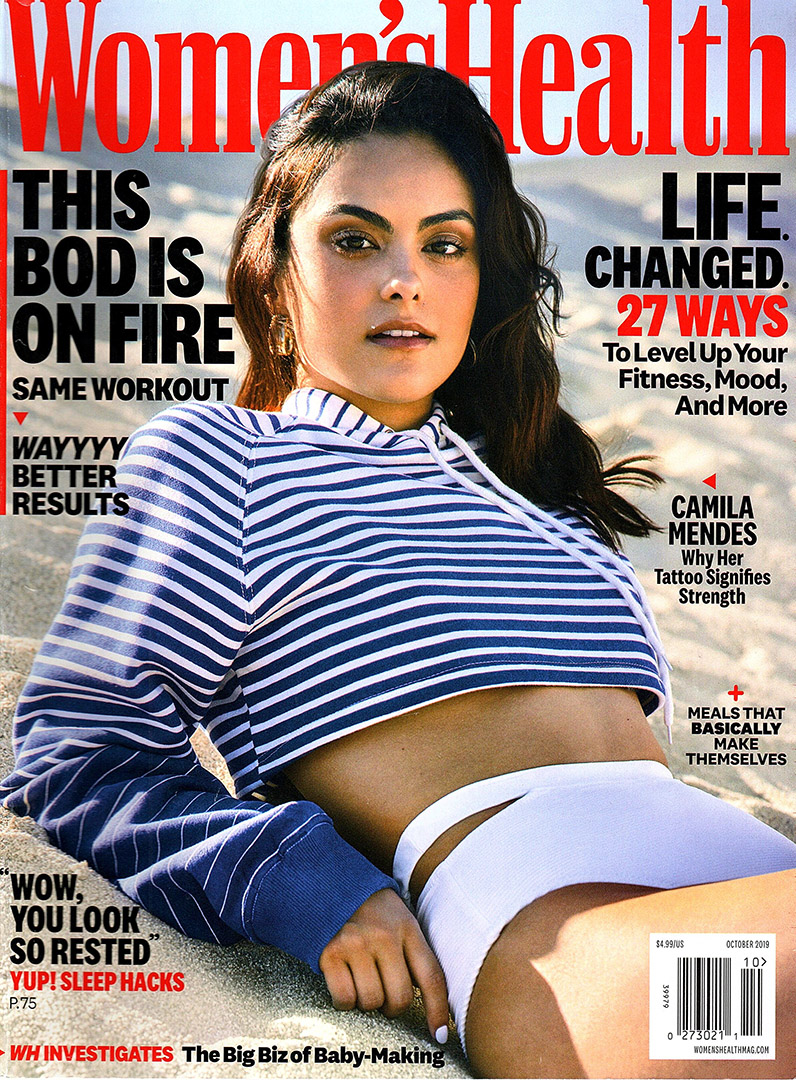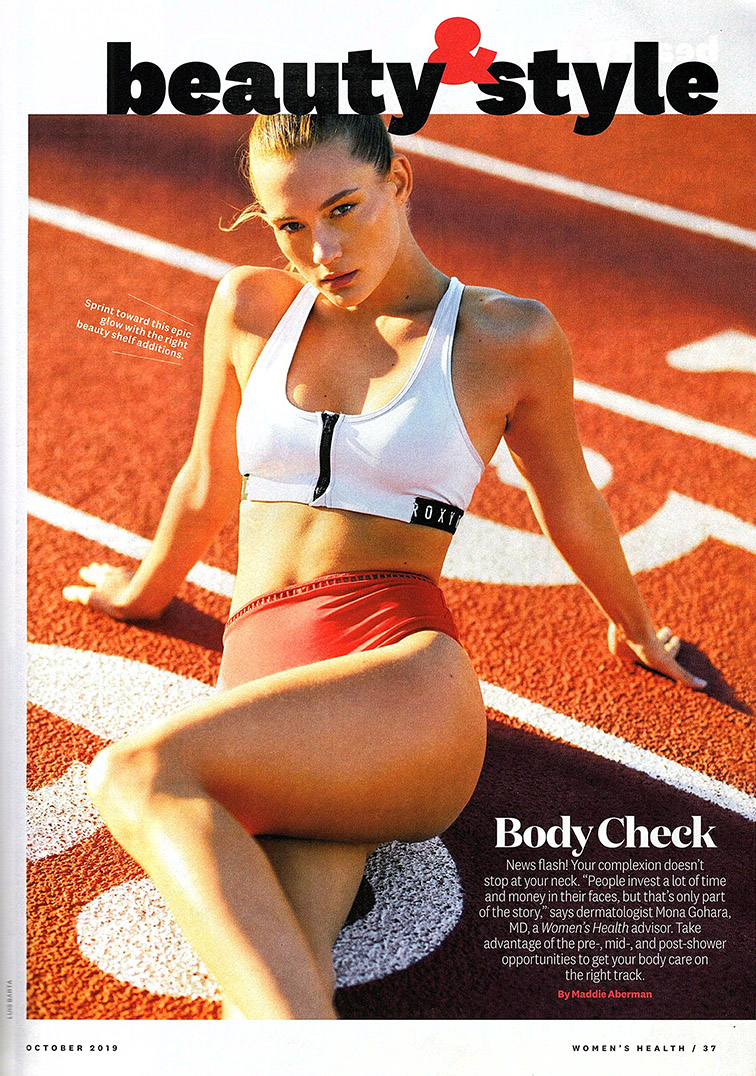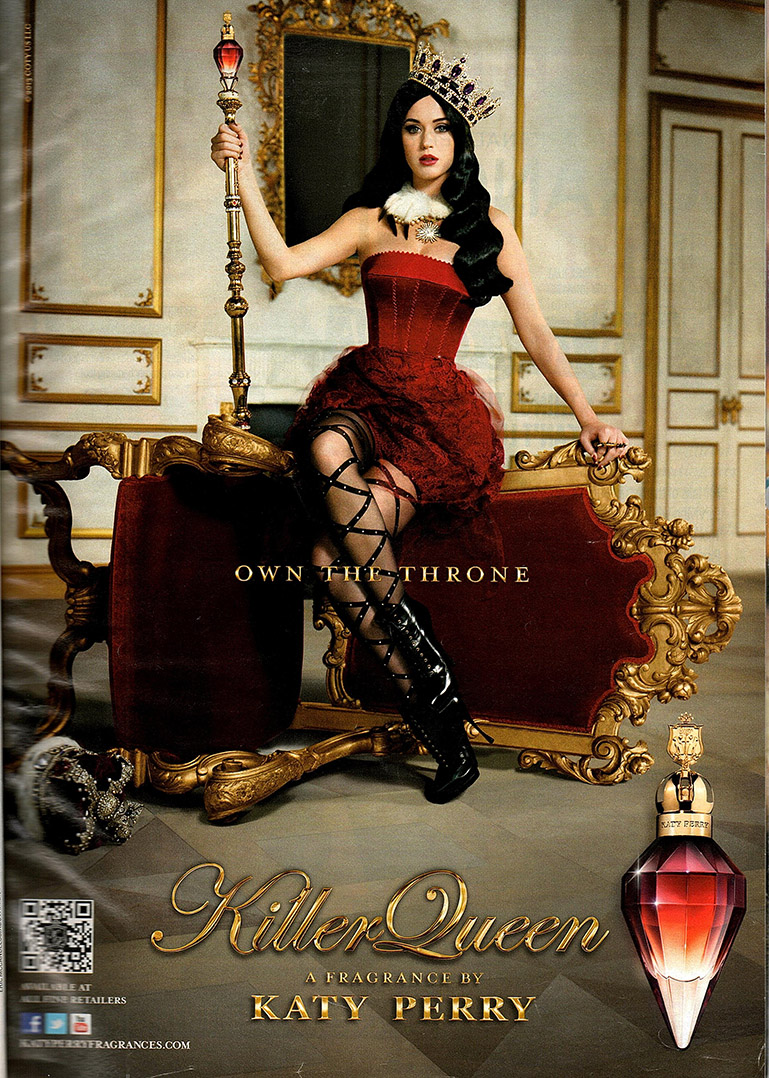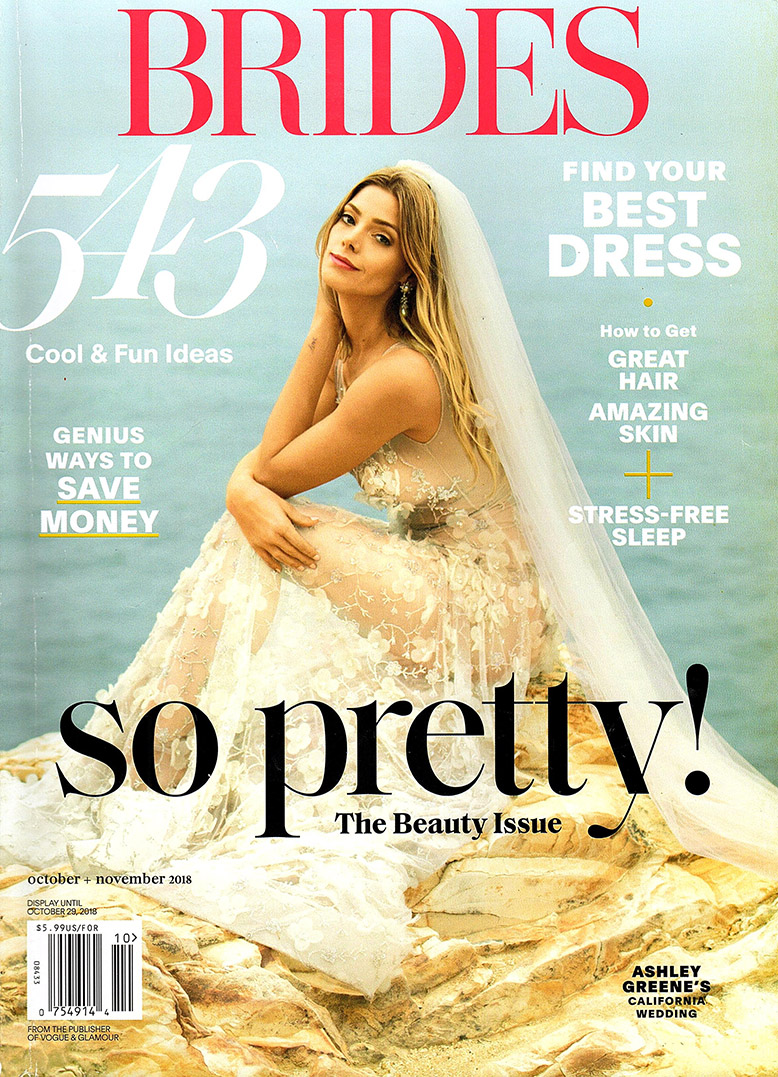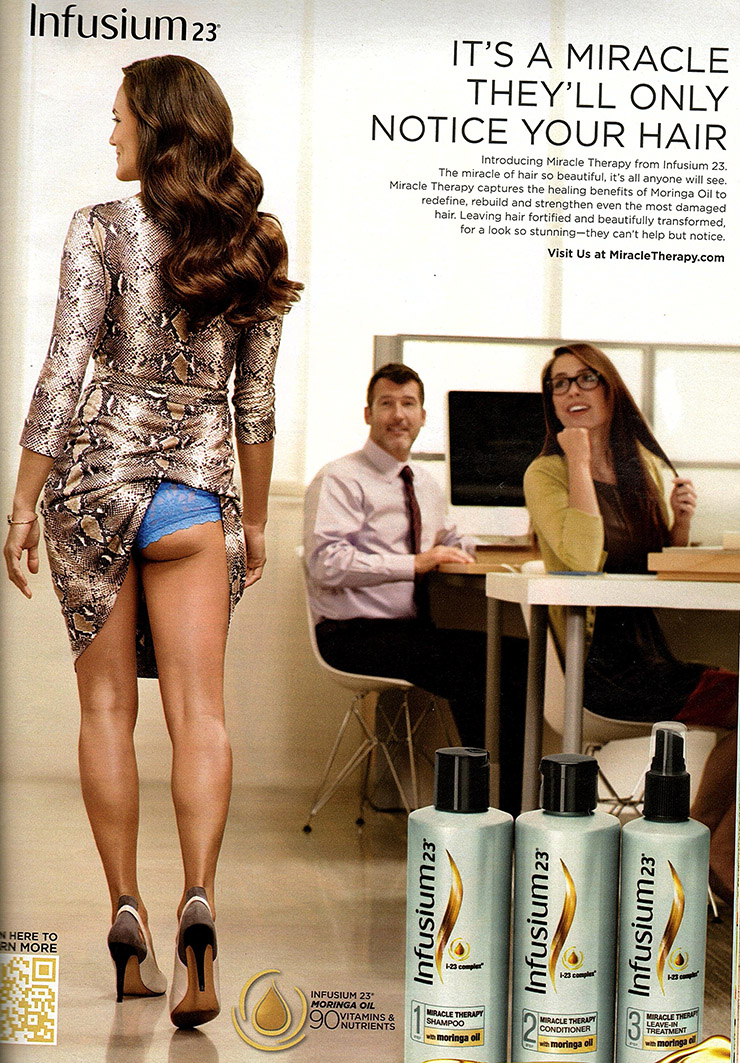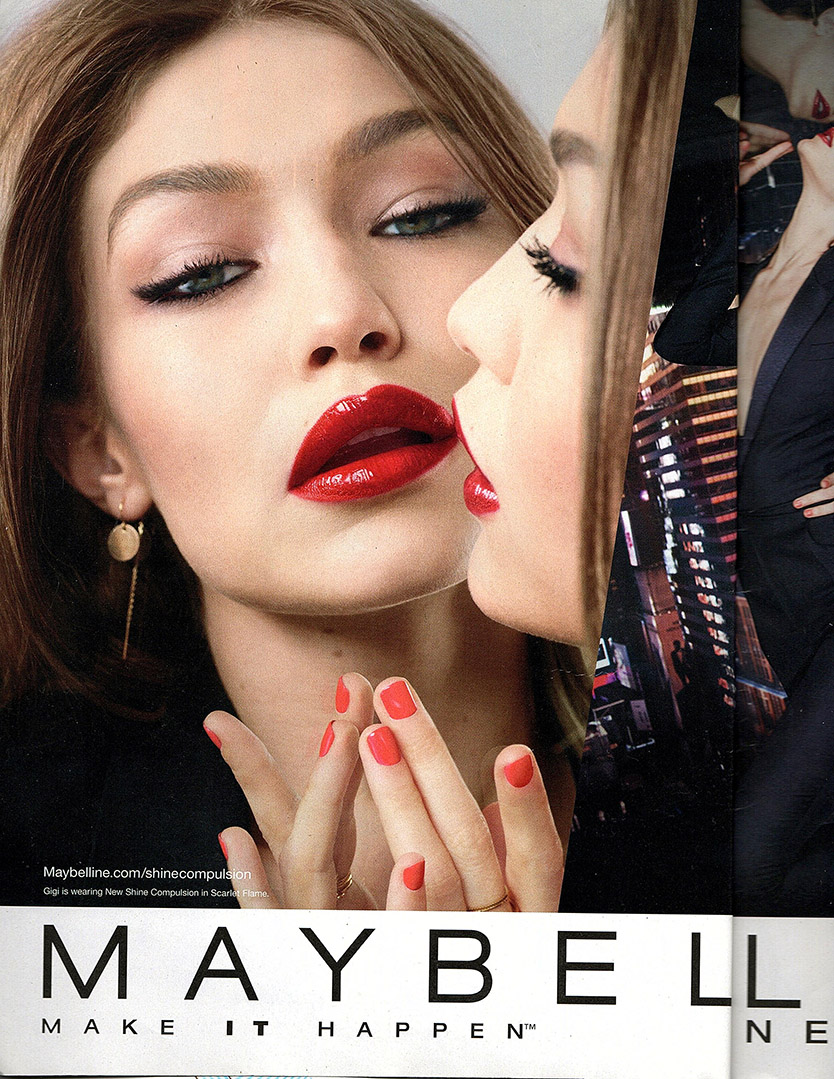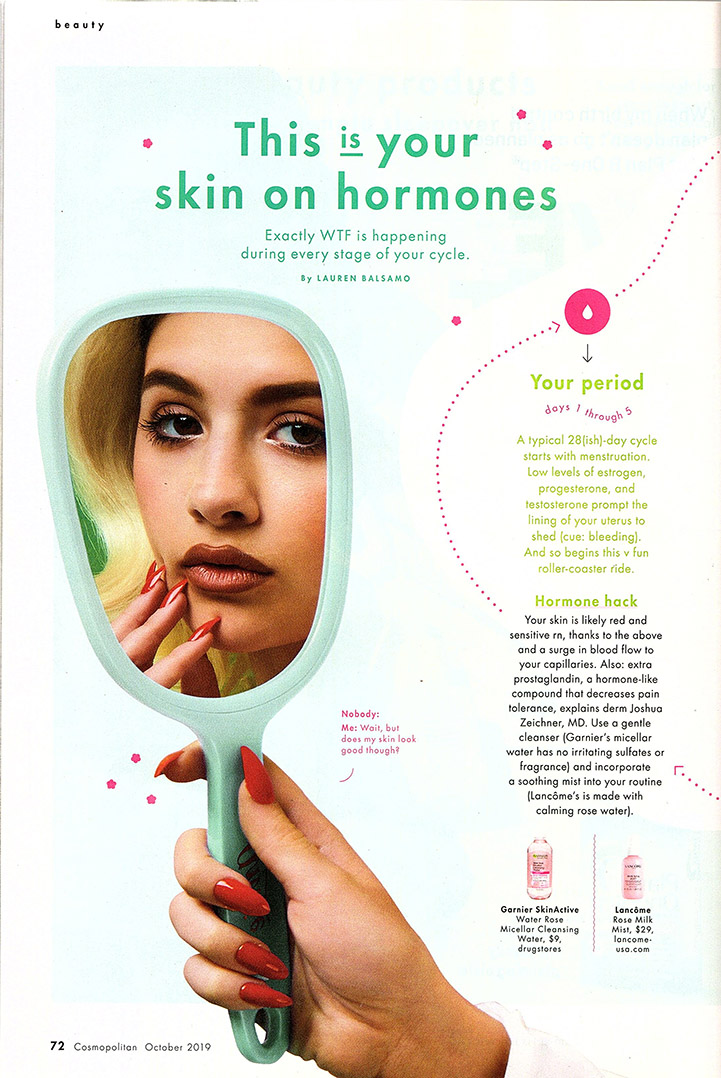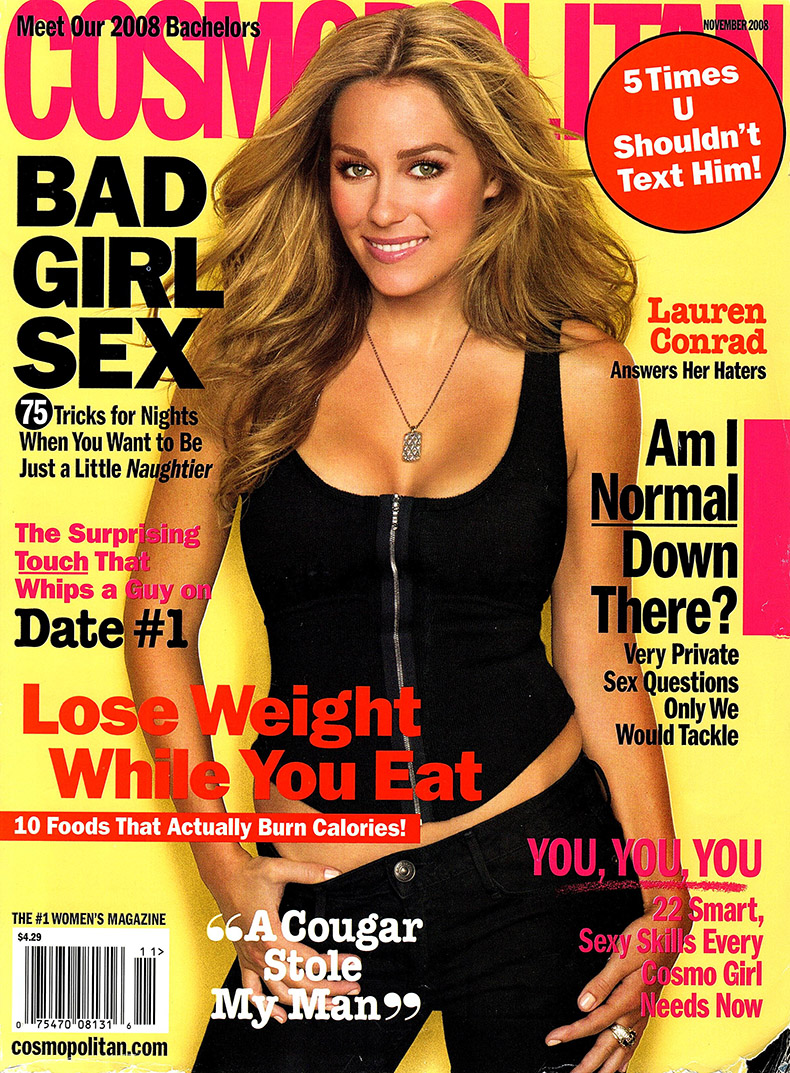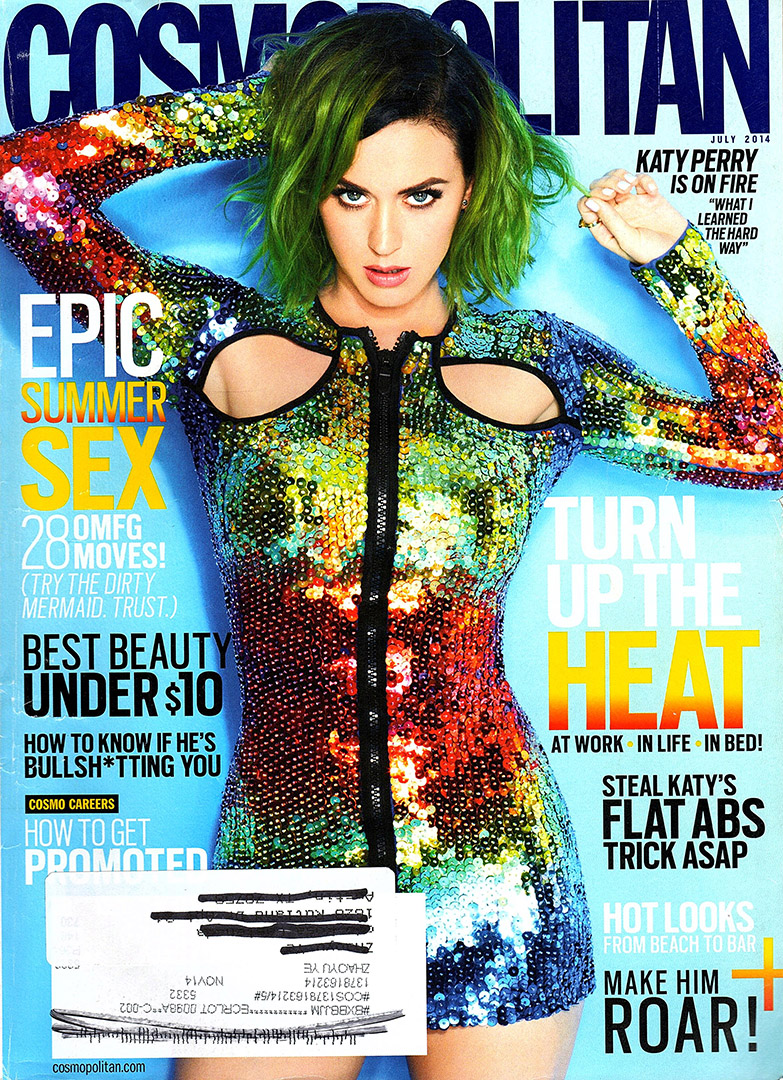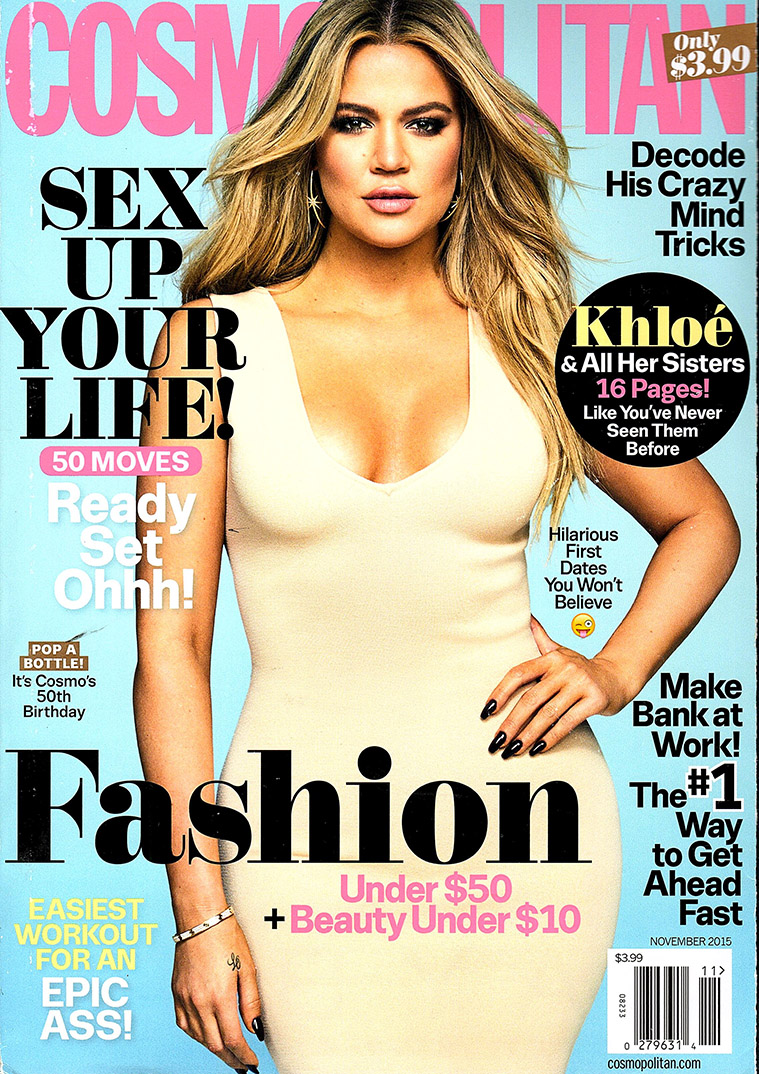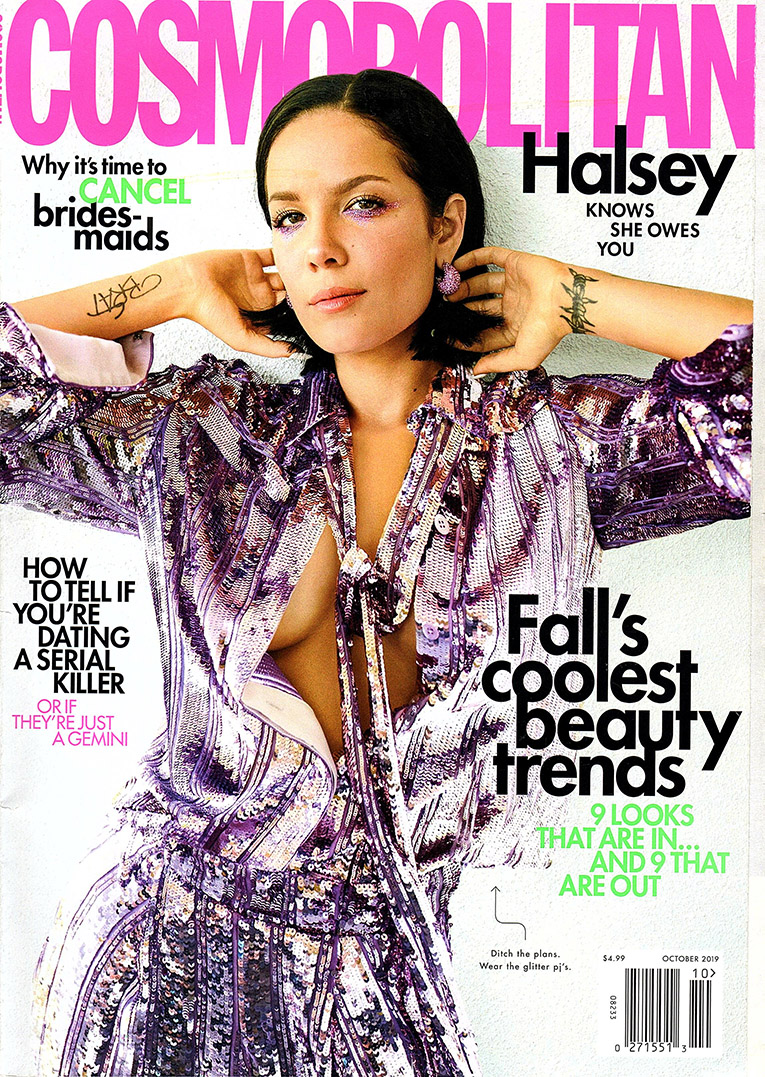| Visual/Material Communication |
 |
   |
| COM 75-474 | Spring 2023 |
| Visual/Material Communication |
 |
   |
| COM 75-474 | Spring 2023 |
key terms/concepts:
mainstream semiotics vs. social semiotics (174; 201-202)
semiotic steps/method (197)
from Saussure:
signifier/signified/sign (177)
referent (178)
paradigm/syntagm (183)
from Peirce:
icon/index/symbol triad (183)
from Barthes:
anchorage/relay (184)
denotation/connotation [AKA denotive/connotive signs] (184)
studium / punctum (185-186)
myth and (naturalized, dominant, common sense) ideology (194-197)
"emptying" denotative meaning, replacing it with myth (194)
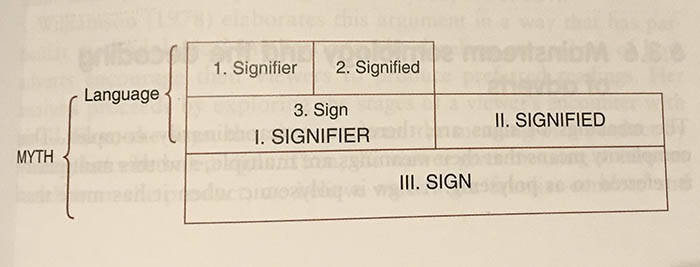
from Williamson:
appelation (cf. Althusser's interpellation) (199)
objective correlates (187)
from Hall:
code (192)
encoding/decoding and dominant codes (192-193)
preferred meaning/reading (198)
social semiotics:
semiotic resources (202)
design (202)
modality/multimodality (203)
logonomic system (production regimes & reception regimes) (207)
from Goldman:
visual structure of ads: photo, text/copy, mortise, graphic framing devices (187)
Dyer's sign components:
representations of bodies, manner, activity, and props/setting (179-181)
other semiotics terms from Rose to work through:
ideology (2 different definitions) (172-173)
idiomedia (Barnet) (176)
metonym/synecdoche (184-185)
polysemy (198)
discussion quotes:
Rose: "The distinction between the signifier and the signified is crucial to semiology, because it means that the relation between meanings (signifieds) and signifiers is not inherent but rather is conventional, and can therefore be problematized." (178)
Rose: "If images gain meanings not only from their own signs then, but also from their relation with the signs of other images, it is important to consider what sort of relation to other images is most important for the images you are considering. Is it a relation based on 'content'? Or on shared location of display [or circulation]? Or on explicit cross-referencing?" (192)
Rose: "Is the semiological focus on meaning-making adequate to the character of contemporary advertising?" (212)
Rose on applying semiotics to the analysis of spaces: Apple Store (200-201) and Starbucks (203-206)
Workshop Images

